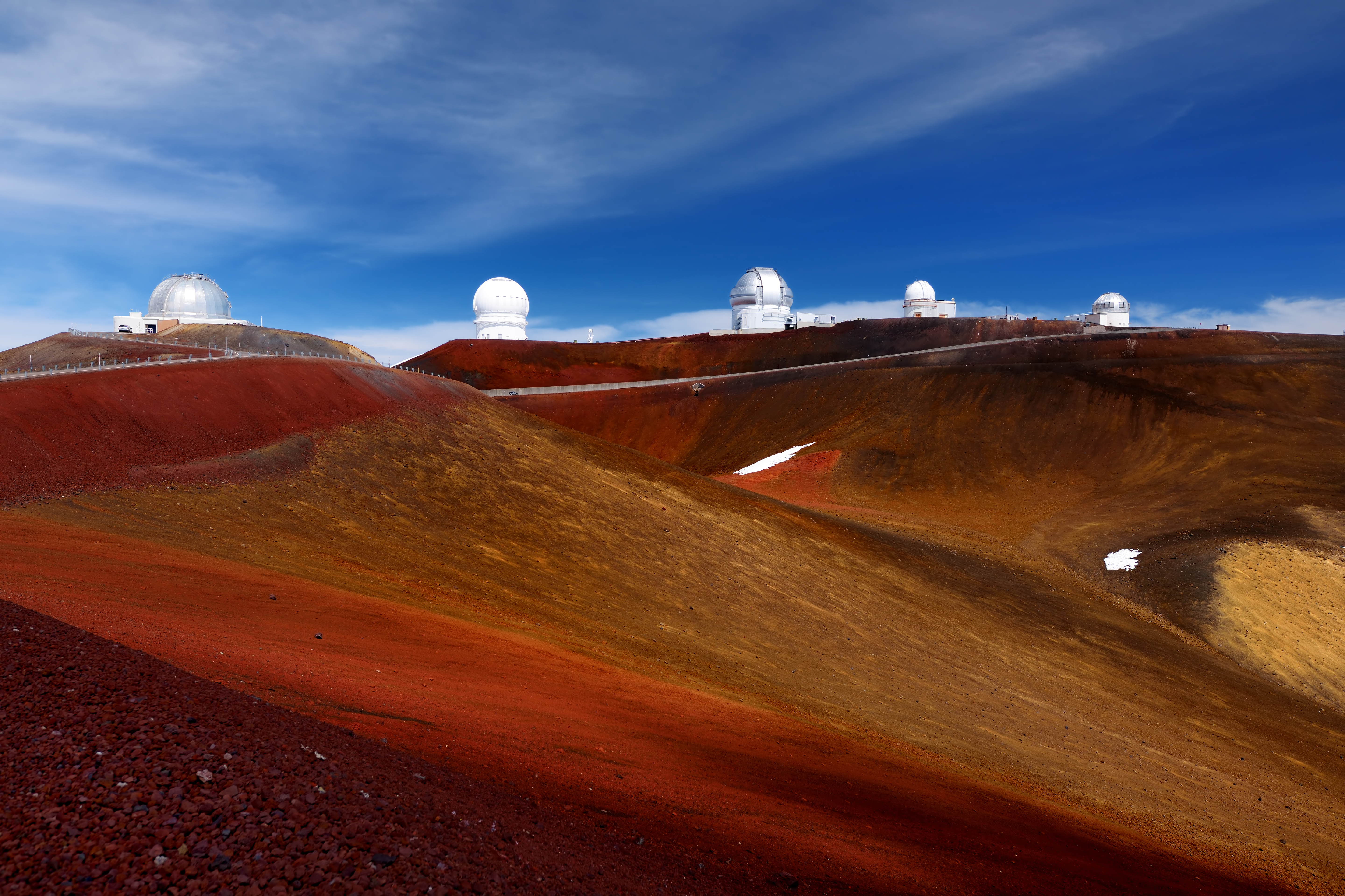PLANNING A VISIT TO MAJESTIC MAUNAKEA

The Big Island – officially named the island of Hawaii – is the largest island in the U.S. and is home to a range of climate zones. It is also the youngest in the island chain and is a favorite vacation destination due to its volcanoes, black sand beaches, and Kona coffee. But did you know that it is also home to the tallest mountain in the world (when measured from base to summit)?
Located on the north end of the island, Maunakea is a dormant volcano that last erupted roughly 4,000 years ago. Today it towers above the Kohala coast at 13,796 feet above sea level and stands 33,476 feet from the Pacific Ocean. Because of its scale, the summit’s name is believed to be an edited version of its original name Mauna a Wakea, which translates in Hawaiian to ‘the mountain that belongs to the sky.’ However today, Maunakea is known as the ‘white mountain’, which is fitting, especially when it dons its snow-covered cap each winter.
In ancient Hawaiian mythology, Mauna Kea was believed to be home to the snow goddess Poli’ahu. Then – and today – Mauna Kea was considered a place of the gods and kapu (forbidden) to everyone other than high chiefs and priests.
During the year, the temperature at the summit can drop to a chilly 40 degrees, but between November and February temperatures on the mountain can dip to 20 degrees. These conditions, combined with common rain patterns cause inches of snowfall every year that attract out of state and local residents alike to take advantage of the snowy peaks to snowboard and ski.
The summit is also home to the National Radio Astronomy Observatory, which houses 13 giant telescopes used by astrological researchers across the world. The center is the largest astrology research facility in the world and has more major telescopes than any other mountain in the world.

Make Maunakea a stop on your next Hawaii trip and marvel at the tallest mountain in the world. Here are some tips for planning your visit:
- Because of its height, visitors should be prepared to experience altitude sickness. Give yourself time to acclimate and don’t overexert yourself during your visit.
- Dress appropriately. Temperatures can vary greatly and change quickly. During the day temperatures typically range between freezing and 45 degrees.
- While you’re there be sure to stop by the Onizuka Center for International Astronomy to learn more about the volcano’s history, observatory, telescopes, and space study.
- Check out the Maunakea Visitor Information site for more details and FAQ’s.
